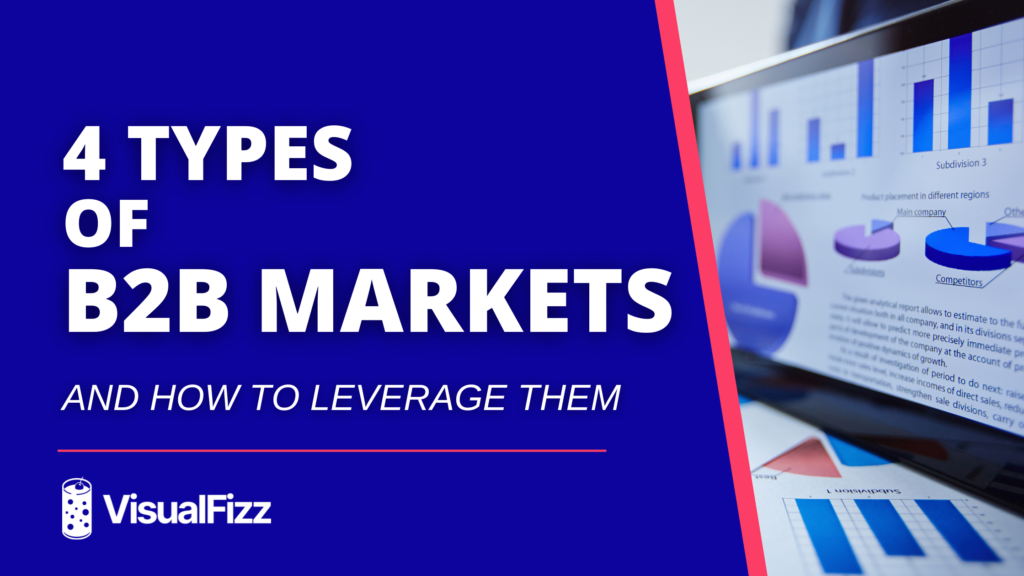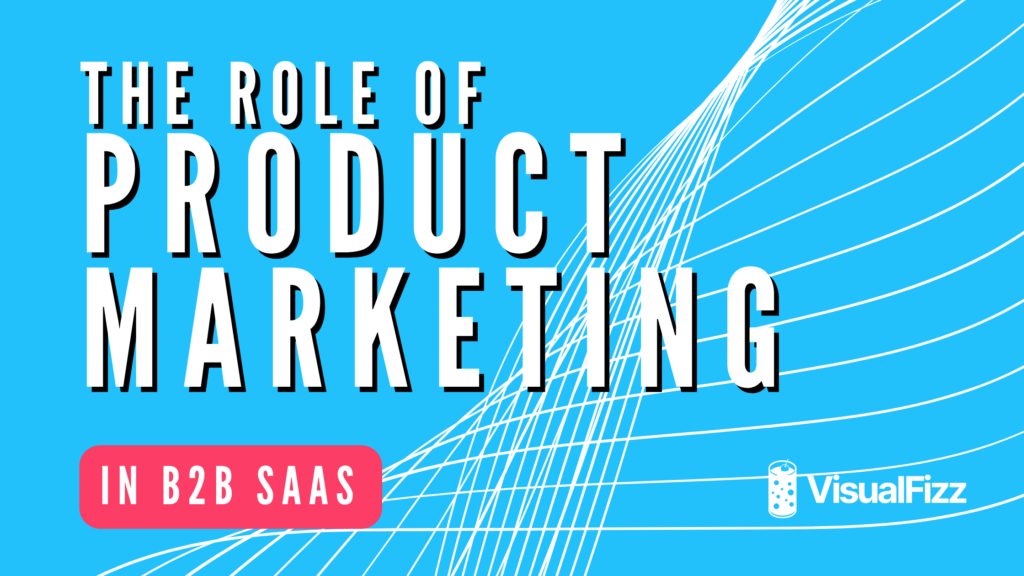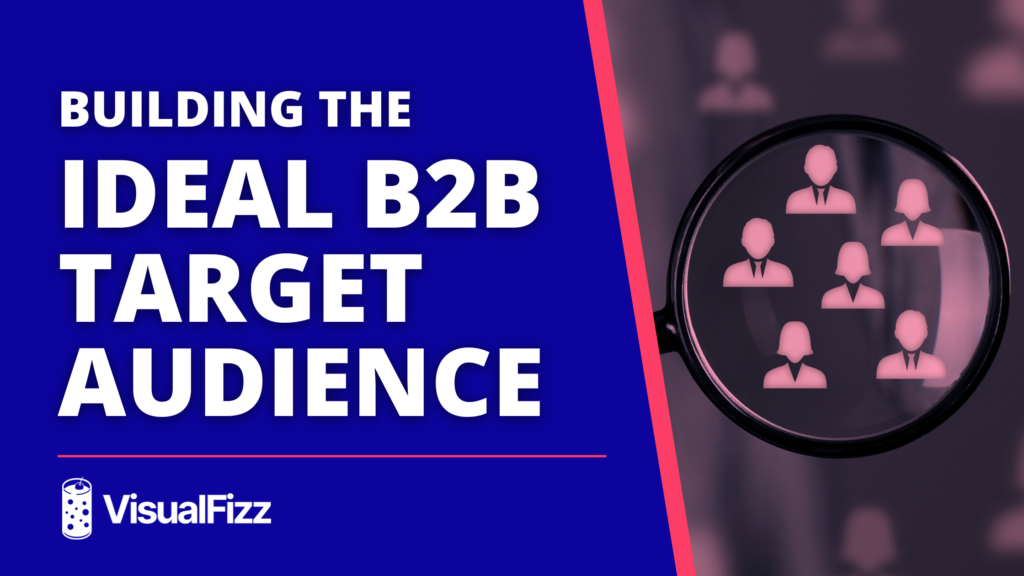
Ever wondered why some B2B companies seem to effortlessly outpace their competitors? The secret often lies in their approach to B2B marketing growth.
It’s easy for companies to get caught up in shiny objects—whether it’s a flashy new campaign or the latest tech tool. While these innovations can be helpful, they often cause businesses to lose sight of the foundational principles that drive sustainable growth. For example, many companies are rushing to automate their marketing campaigns with AI—but without a human touch, these efforts often fall flat.
Here are the five key principles you need to ensure long-term B2B marketing growth, and how to avoid the distractions that can derail your strategy.
1. Customer-Centric Approach
At the core of any successful B2B marketing strategy is a deep understanding of your customer.
Rather than relying on guesswork, build buyer personas based on real data from your CRM. Don’t have any data yet? Use research and market insights at the very least.
This helps you address their pain points, goals, and challenges more accurately. By taking a truly customer-centric approach, your marketing efforts shift from simply selling to solving real problems for your audience.
Don’t send out generic marketing emails. Instead, segment your audience and craft personalized campaigns that speak directly to each decision-maker’s needs.
Beyond segmenting your CRM, it’s also essential to implement an automated feedback loop to continuously gather data from your prospects—especially the leads that don’t close.
This is where you can extract gold:
- Why didn’t they choose your solution?
- Was it an issue with your lead qualification process?
- Did the messaging fail to connect with their pain points?
Feedback from these unconverted leads can provide valuable insights to refine your marketing approach, qualify leads more accurately, and fine-tune your messaging. This process keeps you customer-centric—you’re actively listening to both your prospects and current customers to improve their journey with your brand.
2. Data-Driven Decision Making
Data is the backbone of modern B2B marketing. Companies that consistently analyze metrics like engagement rates, customer acquisition costs (CAC), lead conversion ratios, and campaign performance can make more informed decisions that drive better ROI.
Leveraging data helps you identify what works, optimize campaigns in real-time, and refine your strategies for long-term success.
One important metric to track is your Share of Voice (SOV)—a measure of your brand’s visibility compared to competitors. SOV is calculated using the formula:
Share of Voice = Your Brand Metrics / Total Market Metrics
Tracking your SOV helps you understand how effectively your marketing efforts are resonating in the marketplace. Maintaining a positive Extra Share of Voice (ESOV)—where your SOV exceeds your Share of Market (SOM)—has been shown to drive growth.
The takeaway? Let data guide your decisions so you can focus on what truly drives growth.
3. Consistent and Valuable Content
Content is king—but only when it’s consistent and truly valuable.
Whether it’s blog posts, webinars, whitepapers, or case studies, you need to keep delivering educational content that answers your audience’s key questions. Doing so builds your authority and positions your brand as a thought leader.
Your content should also strike a balance between brand building and sales activation.
Brand-building activities—like thought leadership and emotional campaigns—create long-lasting connections with your audience. Sales activation focuses on driving immediate conversions through tactics like retargeting ads and email campaigns.
Research from The B2B Institute shows that in B2B, the ideal split is around 54% for sales activation and 46% for brand building.
Many businesses make the mistake of churning out blog posts without connecting them to their offers. It’s important to not only educate your audience but also create demand for your products or services.
Every piece of content should help your prospects understand how your offer can solve their specific pain points, and why it’s the best solution on the market.
Don’t shy away from discussing your offers—your content should build credibility and trust, while subtly guiding prospects toward conversion.
4. Integration of Human and Automated Processes
People don’t want ChatGPT to sell to them. With the rise of AI, prospects are becoming more attuned to AI-generated content.
While AI can be useful for streamlining certain processes, it’s vital that your marketing still includes a human touch. People don’t want to interact with a chatbot that feels impersonal or robotic.
However, automation still plays a major role in streamlining repetitive tasks such as email campaigns, social media scheduling, and lead nurturing.
And what about sales? Automation can handle initial outreach, but personalized follow-ups by sales reps can significantly improve conversion rates. Tools like LinkedIn Sales Navigator allow you to target specific prospects with personalized InMail messages.
People crave authenticity, especially in B2B relationships where trust is paramount. Leverage AI for efficiency, but always prioritize genuine, human interaction in the parts of the journey that matter most.
5. Long-Term Focus on Relationships
Sustainable B2B growth doesn’t come from quick wins—it comes from building long-term relationships with clients and prospects.
Building strong relationships in B2B marketing takes time, and success doesn’t happen overnight. One critical factor to keep in mind is budget allocation.
Because B2B sales cycles are typically longer, you need to be careful not to blow your entire budget in the first month or two of your marketing strategy. Allocate resources wisely and play the long game.
B2B deals often bring bigger wins, but they require a longer nurturing period. You need to ensure your budget is sustainable enough to support ongoing engagement over an extended period of time.
Always prioritize relationship-building efforts. (Think retargeting campaigns, follow-up content, and one-on-one interactions.)
By spreading your investment strategically, you’ll be able to maintain consistent outreach, nurture leads, and build relationships—all without running out of resources.
Applying the 5 Principles to Your B2B Marketing Strategy
Use these strategies with intention, and you won’t go wrong!
Understand your audience, track the right metrics, and take the time to build relationships—not just transactions. By doing so, you’ll not only meet your short-term goals but also create lasting connections that will drive success in the long haul.
If you’re looking to implement these principles and take your B2B marketing efforts to the next level, VisualFizz is here to help. Let’s work together to create a strategy that drives real growth for your business.
Reach out to our team today and let’s start building a plan for your long-term success!
Publishing Date:







